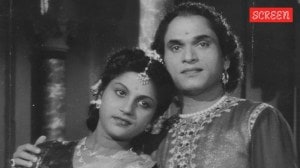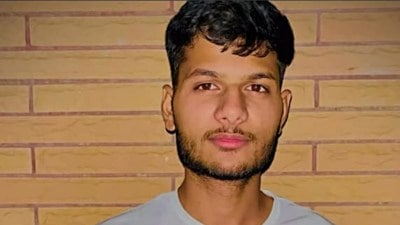A study by the Development Data Lab, a US-based research organisation, has found scant evidence of any systemic gender or religious bias in district and subordinate courts across the country.

“In both of these specifications, we find a robust null estimate of in-group bias among Indian judges. Judges of different genders do not treat defendants differently according to their gender, nor do judges display favouritism on the basis of religion,” the study said.
Story continues below this ad
The Development Data Lab, founded by Dartmouth College Professor Paul Novosad and Johns Hopkins SAIS Professor Sam Asher, works with governments, firms, and civil society organisations to generate policy-relevant knowledge using data.
The study looked at a dataset of 8 crore case records of all district and subordinate courts, from 2010 to 2018, available on the government’s eCourt platform. These cases cover over 7,000 district and subordinate trial courts and more than 80,000 judges. This is the first such empirical study of judicial data in India.
While women represent 48 per cent of our population, they constitute only 28 per cent of district court judges. Similarly, India’s 200 million Muslims represent 14 per cent of the population but only 7 per cent of lower court judges.
The study classified judges and defendants according to gender and religion (Muslim and non-Muslim) to examine in-group bias or whether existing structural inequalities led to worse judicial outcomes for women and Muslims.
It found that men defendants did not get better outcomes in conviction or acquittal when their cases were assigned to men judges, and similarly, women defendants did not get better outcomes before women judges. Equally, the judicial outcomes of Muslims were virtually identical whether their cases were assigned to Muslim or to non-Muslim judges.
Story continues below this ad
Apart from conviction and acquittal, the study tested the data against other case processes such as delay or change of judge during the pendency of the case, and found similar results.
However, the lack of bias that the study found in Indian lower courts while deciding cases involving Muslims and women does not rule out judicial bias in its entirety.
While the study examines bias by religion, it leaves out caste, a crucial variable. Similarly, while the study examines systemic bias during conviction and acquittal, it leaves out significant markers of the judicial processes such as framing of charges, granting bail and determining the quantum of punishment.
As a 2016 study by the Delhi-based Project 39A, a criminal law reforms advocacy group, showed, of 385 death row convicts in India then, two-thirds belonged to the backward classes or were religious minorities. All the 12 women death row convicts at that time belonged to backward classes or castes or were religious minorities.
Story continues below this ad
Similarly, according to the National Crime Records Bureau’s (NCRB) data for 2019, Muslims and Dalits constitute the biggest set of undertrials in the country, disproportionate to their share in the population. The share of Scheduled Castes among undertrials stood at 21 per cent at the end of 2019, while their share in the population is pegged at 16.6 per cent, according to the 2011 Census. Scheduled Tribes and Muslims make up for 10.5 per cent and 18.7 per cent respectively of all undertrials while their respective share in population is 8.6 per cent and 14.2 per cent.
On not using caste as a variable while examining judicial bias, the study said, “We do not examine bias on the dimensions of income or caste because we do not yet have an algorithm that can classify these dimensions with high accuracy,” the study said.









